Apple's Vision Pro has just taken a significant leap forward with the integration of the M5 chip, marking what might be the most important advancement in spatial computing we've seen this year. Now here's the thing: this isn't just Apple slapping a faster processor into an existing design and calling it a day. The enhanced model launches with genuinely meaningful improvements in processing power and user experience, according to PC Guide.
What's particularly strategic about the timing is that the M5-powered headset becomes available on October 22, 2025, while maintaining that same $3,499 price point as its predecessor, as per Engadget. Keeping the price steady while boosting capability signals confidence. Apple is competing on what the headset can do, not on shaving dollars off the sticker.
Where does this leave spatial computing's future?
Now the strategy. Now the strategy: the M5 Vision Pro arrives just days before Samsung's mixed-reality announcements, a timing several outlets — and analysts — have flagged as strategically notable. Apple is planting a performance flag as rivals arrive, setting expectations for what premium should look like.
The enhanced AI acceleration unlocks new possibilities in real-time rendering and spatial computing for developers, reports TechBuzz. Apple says AI features can run up to 50% faster on the M5, so apps can better understand rooms and objects, respond more naturally to voice, and adapt interfaces to context without feeling sluggish.
Apple's approach treats spatial computing as a paradigm shift on the scale of desktop to mobile. The M5 upgrade is the groundwork — the processing headroom needed to make this feel like a natural evolution of personal computing rather than a niche gadget.
The company's broader roadmap includes the development of AR glasses expected to launch in 2026, with shipments potentially exceeding 10 million units by 2026, as per Omdia. The M5 Vision Pro becomes the proving ground for the tech, interfaces, and developer ecosystems that could power those more mainstream form factors.
The M5 upgrade feels like Apple is building the foundation for that future. Push the performance now, learn what sticks, give developers the tools, then scale to lighter hardware. Whether the $3,499 price makes sense for most people is still up for debate, but as a technology showcase and a development platform, the M5 Vision Pro looks like a crucial step toward making spatial computing part of how we interact with digital information in the physical world.





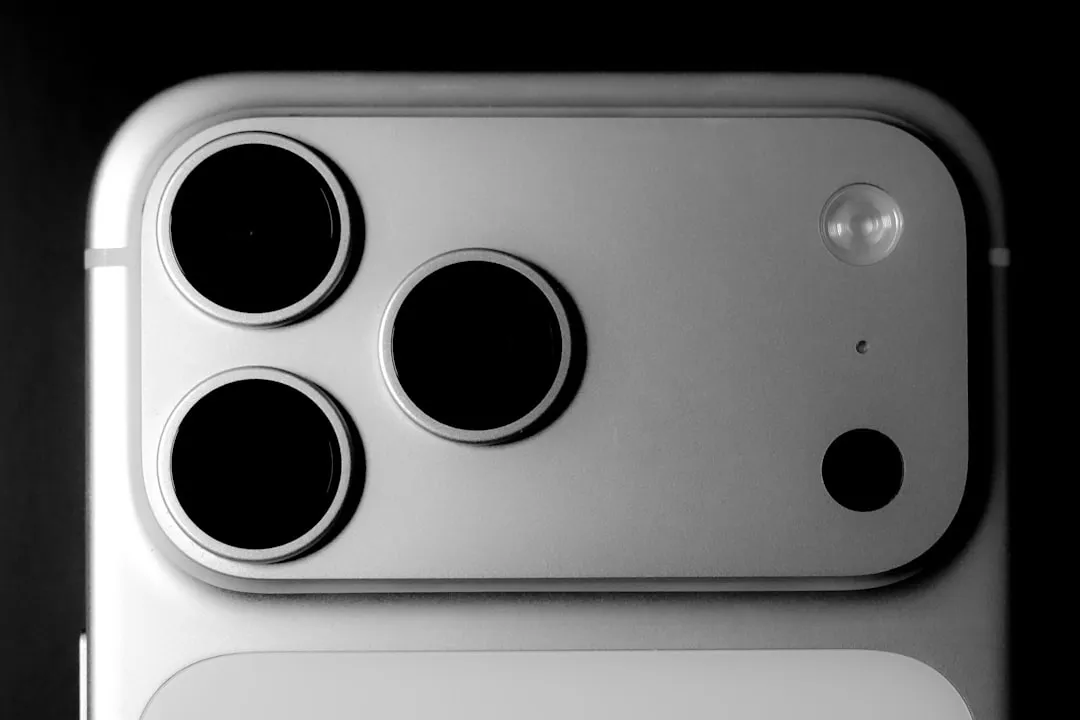












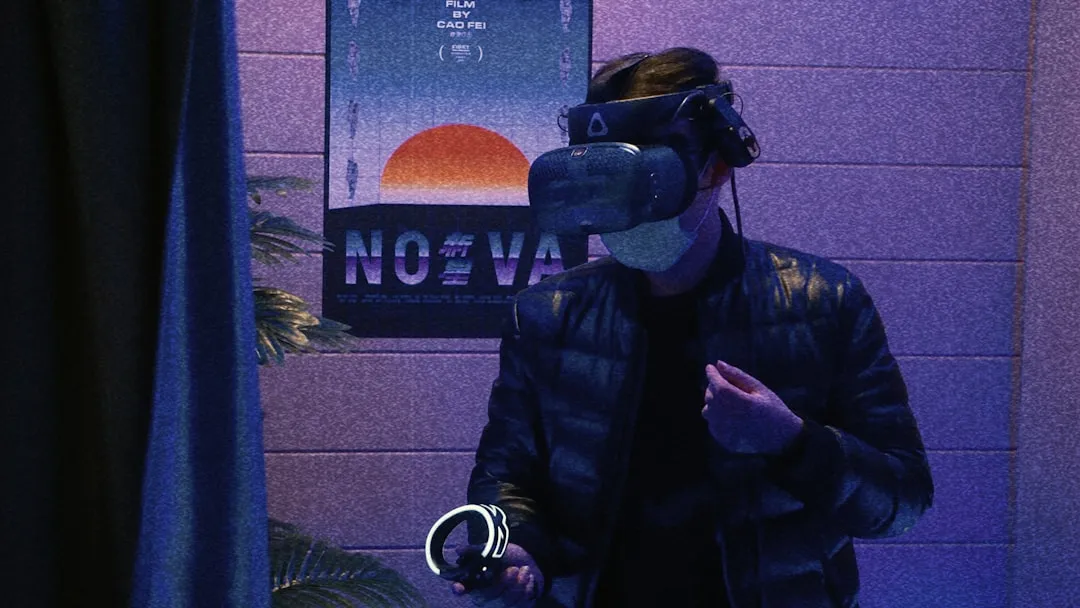

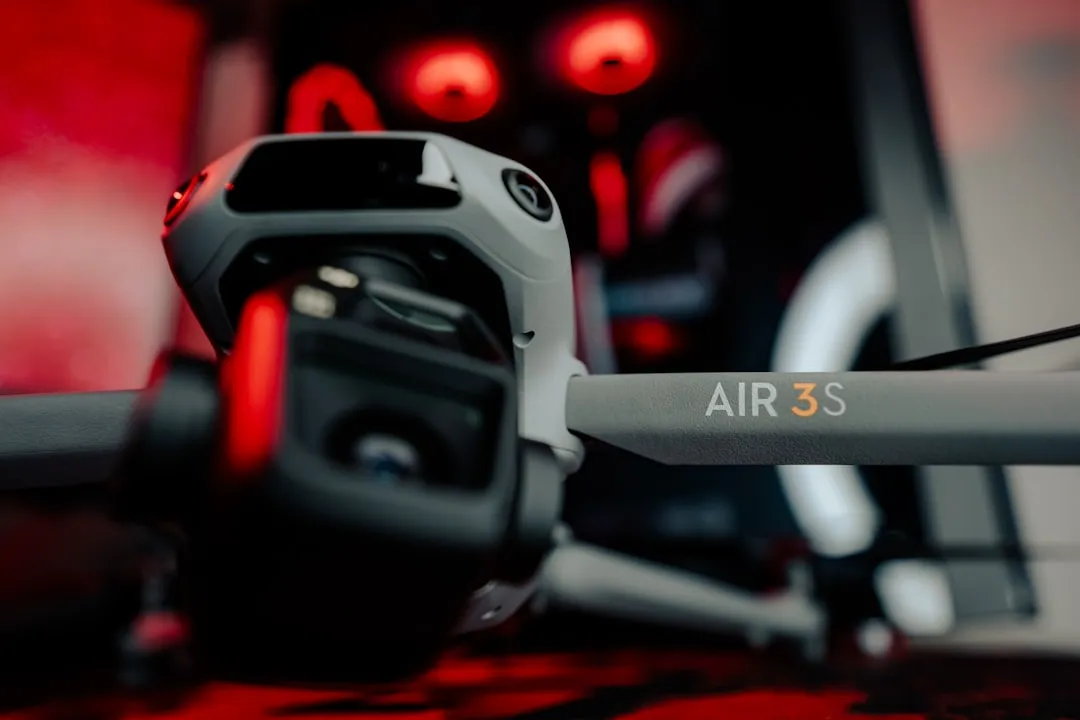

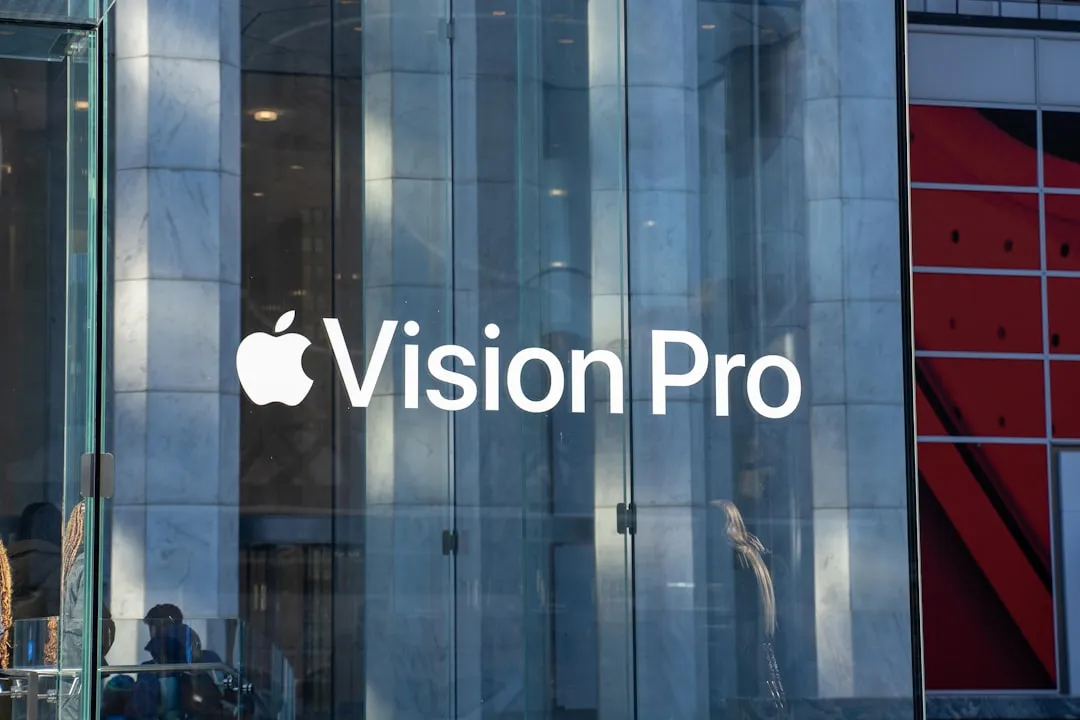

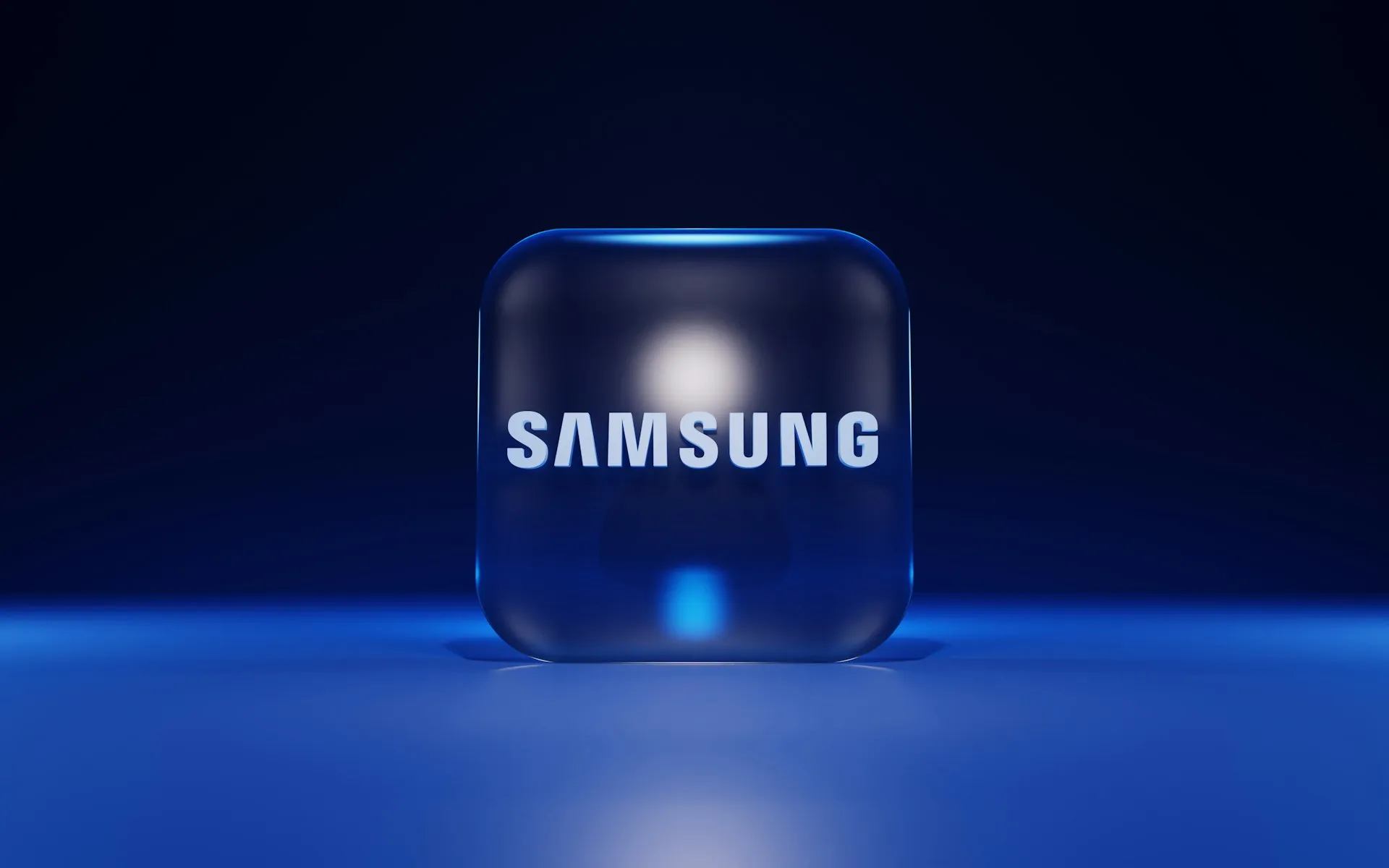
Comments
Be the first, drop a comment!